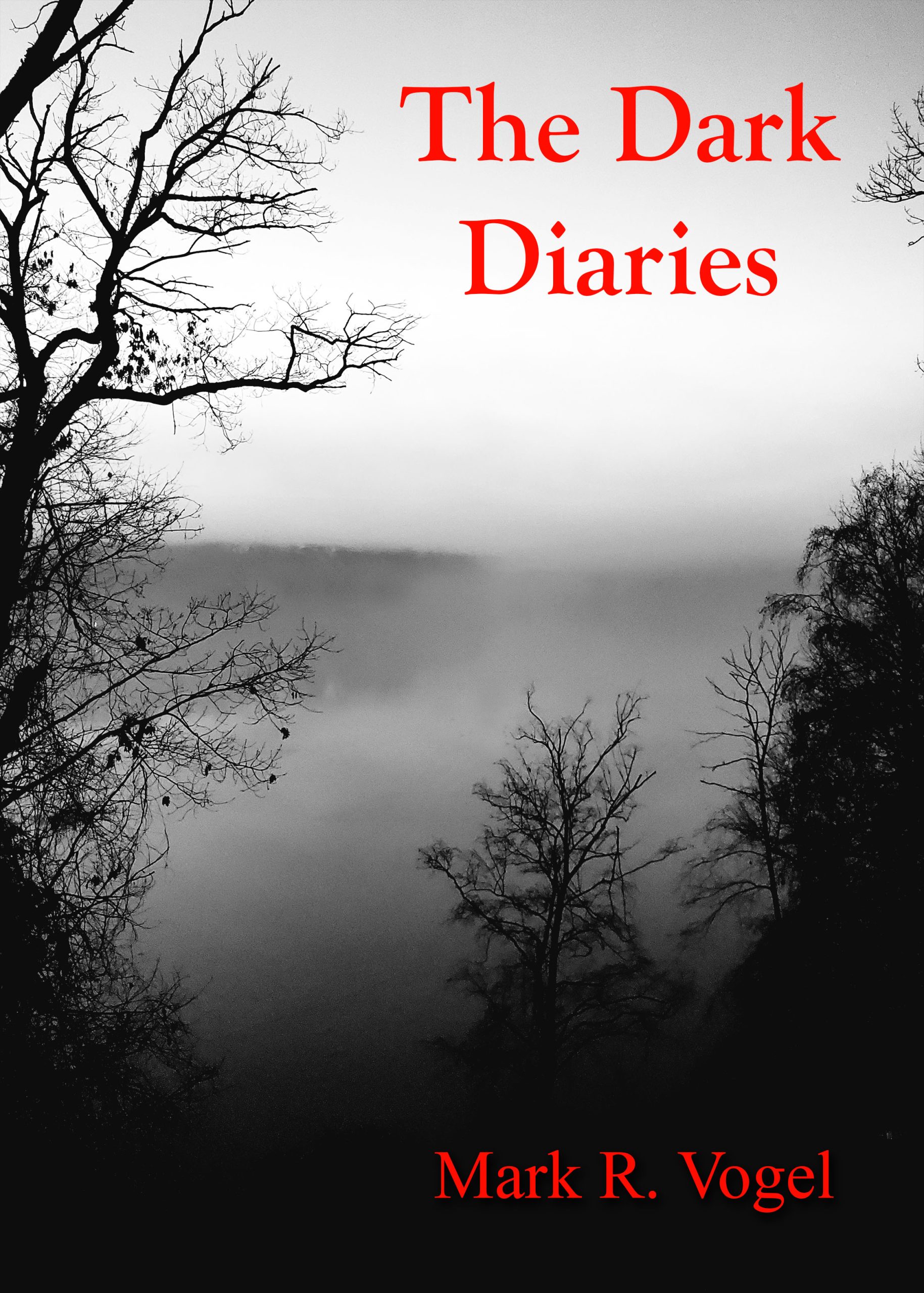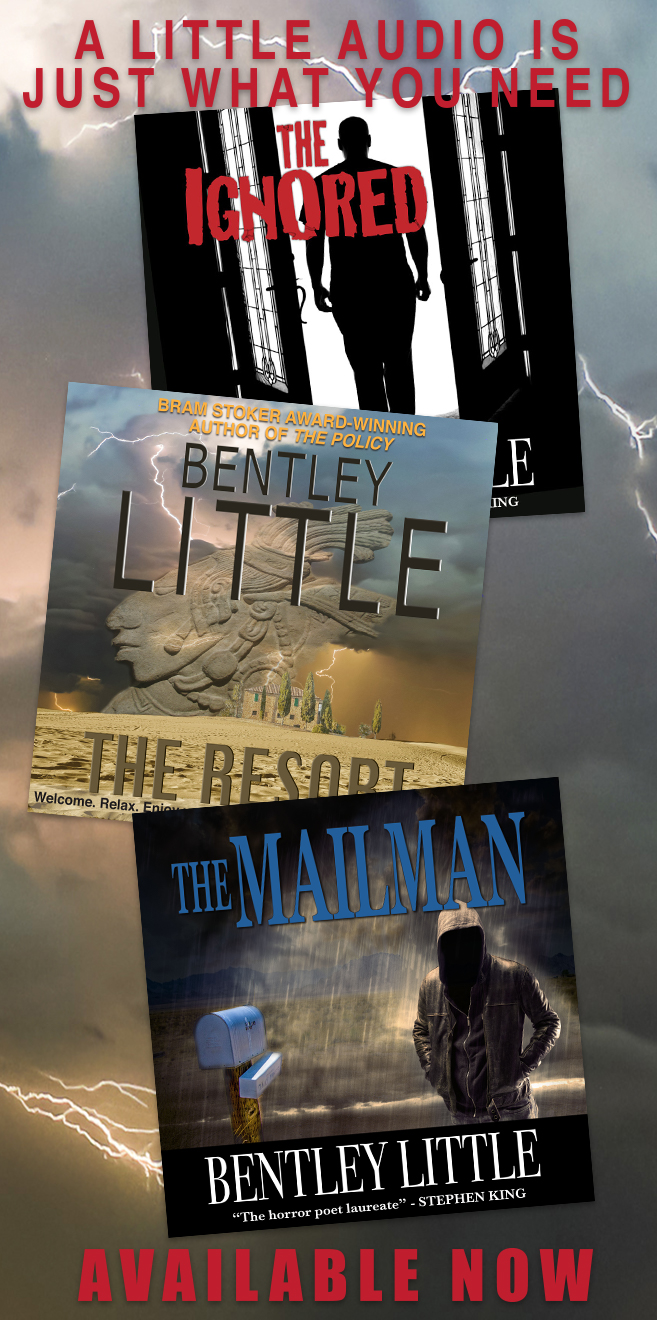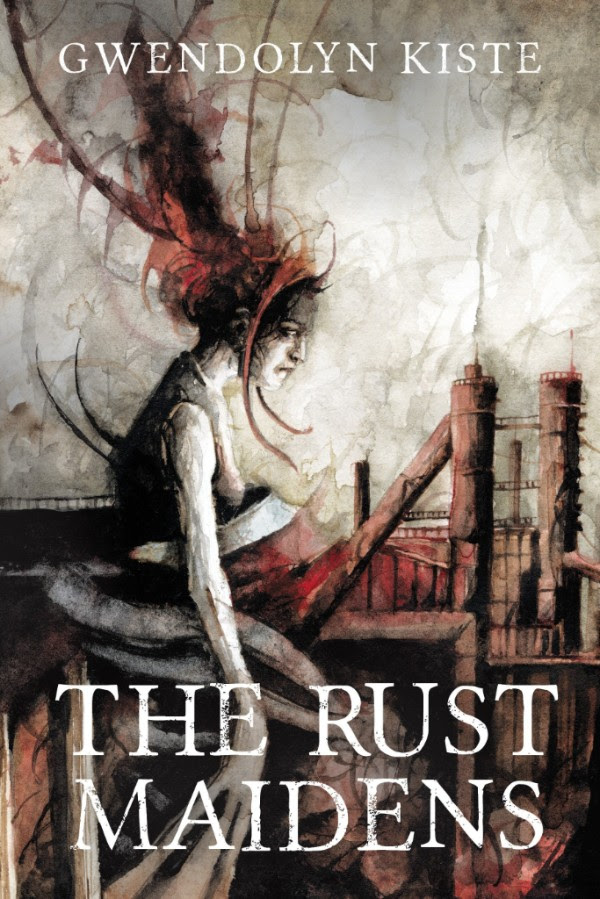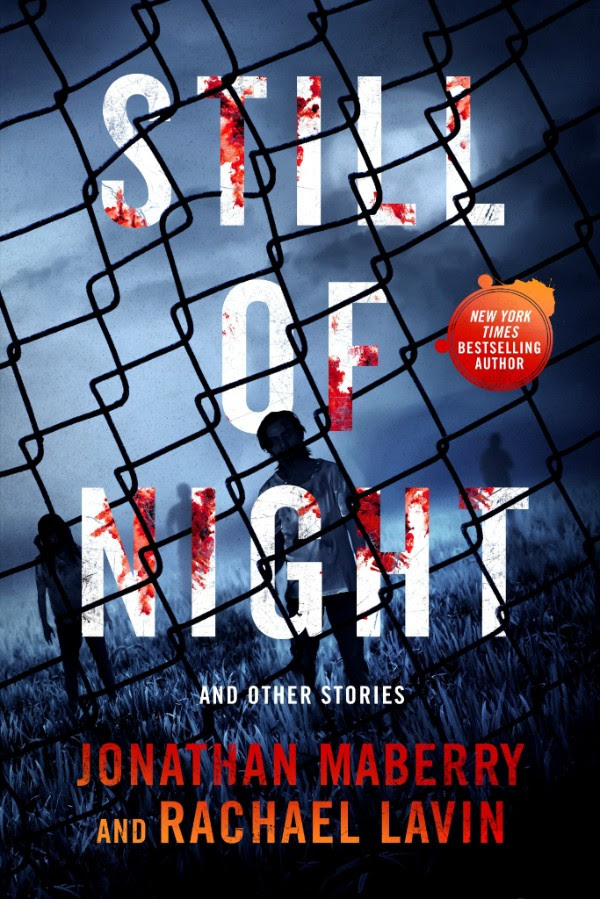The genre-box into which most reviewers lump my stories is “high-tech thriller,” but that doesn’t mean they’re not also “horror.” Horror has its roots in ancient feelings and is one of those fight-or-flight jump-starters credited with survival of our species. As such, the term “horror” tends to conjure images of old houses, misty woods, graveyards, and ghosts—not so much high-tech gadgetry (with apologies to Cabin in the Woods, the Resident Evil franchise, and Michael Crichton).
I love creeping readers out with horrific situations and imagery, and I cherish the emails I get from people who tell me they had to sleep with the lights on for weeks after reading one of my stories. But all of my adult thrillers incorporate both high technology and horror—the virus in Germ becomes lethal only after finding the DNA matching the DNA encoded within it; in Deadlock, reality-bending helmets make soldiers better killers by turning targets into “ideal” enemies, even when who they’re really shooting at are children; without the death-from-the-sky satellite laser cannons in Deadfall, there is no story. (My YA adventure series the Dreamhouse Kings utilizes very little high technology, but its central premise of time travel essentially feels high-techy.)
Modern technology is now so advanced and spectacular, it appears almost supernatural. Yet, it’s real, as seen on CNN. For readers who want to be thrilled, exhilarated, terrorized, but who just can’t suspend their disbelief enough to embrace stories about vampires and zombies, high technology bridges the gap between the preternatural and the real.
My latest series of thrillers, the Immortal Files—The 13th Tribe and The Judgment Stone, so far—blends high-tech gadgetry with old-fashion horror (namely, immortal vigilantes, demons, and good old human wickedness). Using invisibility suits— negative index metamaterial that bends light around the wearer’s body—a group of killers, flashing daggers and swords, blow through their enemies, unseen except for the carnage they leave in their wake, sort of like angry high-tech ghosts. The immortals don performance-enhancing exoskeletons that allow them to run inhumanly fast, jump over high walls and haul weighty loads. They’re humans with the abilities—and intentions—of monsters. My bad guys hijack weaponized unmanned aerial vehicles—drones—and send them to destroy a city, the way in more fantastical tales, evil overlords unleash armies of the undead or flying monkeys to wreak havoc on innocent civilians.
For storytellers, high technology serves several purposes. For one, it picks up the pace: no need for characters to trudge over rough terrain or find their way around walls when they can simply leap over them. No need to figure out means of escape, when no one can see them anyway. It also injects a sense of awe—“Can they do that? Awesome!”—and mystery, an anything-can-happen aspect to the story. These used to be the purview of the supernatural, but now also of high-tech. And since the terror of the supernatural has become natural, we writers of high-tech thrillers can do what writers of horror have always done: we can warn.
Most psychologists believe horror serves many of the same functions for the adult that the fairy tale serves for the child: to warn of evil in familiar places. Yes, high technology can benefit man, giving advantages to—and thus saving the lives of—our soldiers, curing diseases, expanding our knowledge of. . . well, everything. But in the wrong hands, evil hands, the same technology can destroy and inflict untold suffering. Who wants to contend with murderers who can render themselves invisible? Or bank robbers who can leap over buildings? Or terrorists with the ability to turn the common cold fatal?
An interviewer recently asked me if I felt any responsibility for putting untoward ideas into unstable minds; not an altogether ridiculous question, given the many times authors are accused doing such things (did Stephen King’s Rage lead to the Columbine High School massacre? did Tom Clancy’s books encourage the 9/11 perpetrators?) But to the contrary: I feel a responsibility to warn people about what current and developing technology could do. Because with scientists at DARPA—the Department of Defense’s agency for new military technologies—making killers invisible and weapons that attack with precision and without warning, Dracula is no longer the greatest thing we have to fear.
###
- Details Are Out For ‘Evil Dead The Musical’ - March 29, 2019
- AIRSHIP 27 PRODUCTIONS Presents MARK JUSTICE’S – THE DEAD SHERIFF - December 9, 2016
- The Algernon Effect - December 9, 2015
- 2015 Bram Stoker Awards – Stoker Winners - May 10, 2015
- Bad Bratwurst - May 7, 2015
- 2015 Locus Award Finalists - May 5, 2015
- Mean Streets Story Bundle – Barker, Morrell, Piccarilli, Pronzini and More! - April 30, 2015
- Pod of Horror #73: The Border by Robert McCammon - April 2, 2015
- Pod of Horror #72: Ronald Kelly - March 25, 2015
- David Morrell and Dan Simmons To Sign At The Poison Pen - March 25, 2015







